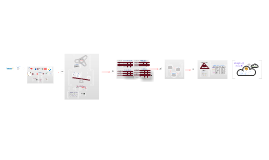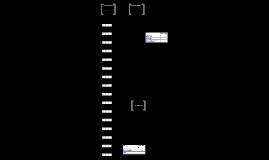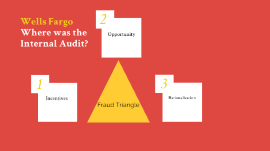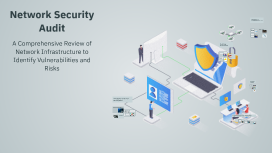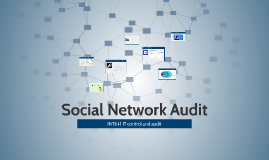Network Security Audit
Transcript: Components of Network Infrastructure Network Security Audit Software Evaluation Hardware Assessment Software evaluation focuses on operational systems and applications in use within the network. Ensuring that software is up-to-date with security patches is vital, as vulnerabilities in outdated software are common entry points for cyber threats. Evaluating hardware involves examining routers, switches, and firewalls to ensure they function optimally and securely. Outdated or improperly configured devices can serve as gateways for attacks, making physical security and performance crucial aspects of network integrity. User Access Analysis Security Protocols Review User access analysis evaluates who has access to the network and what permissions they hold. Proper management ensures that only authorized personnel can access sensitive information, helping to mitigate internal threats and maintain compliance with security policies. Reviewing security protocols involves assessing the measures in place to protect data integrity and confidentiality. This includes protocols such as VPNs, firewalls, and encryption methods, which are fundamental in safeguarding network communications against unauthorized access. Identifying Vulnerabilities Common Network Vulnerabilities Identifying common vulnerabilities, such as outdated software, misconfigured hardware, and weak passwords, is vital. These weaknesses can lead to unauthorized access and data breaches, making regular assessments crucial to network security. A Comprehensive Review of Network Infrastructure to Identify Vulnerabilities and Risks Risk Assessment Techniques Effective risk assessment techniques, including qualitative and quantitative methods, help evaluate potential risks associated with identified vulnerabilities. These techniques assist organizations in prioritizing risks and allocating resources to mitigate them effectively. Penetration Testing Penetration testing simulates cyber-attacks, allowing organizations to uncover security weaknesses before malicious actors can exploit them. Regular testing provides insights into the effectiveness of security measures and highlights areas for improvement. Understanding Security Risks What is Threat Analysis? Identifying Common Threats Common threats to network security include malware, phishing attacks, insider threats, and denial of service (DoS) attacks. Understanding these threats allows organizations to implement targeted security measures and protect their infrastructure. Threat analysis involves identifying and assessing potential threats that could compromise the network's security. This process helps prioritize risks, enabling organizations to allocate resources effectively and mitigate identified threats. Impact of Security Breaches Financial Implications of Breaches Security breaches can result in severe consequences, including data loss, financial loss, and reputational damage. Organizations may face legal implications and increased scrutiny from regulatory bodies in the event of a data breach. The average cost of a data breach can exceed millions of dollars, considering factors such as recovery expenses, legal fees, and lost business opportunities. Investing in robust security measures can be far less expensive than dealing with breach fallout. Compliance Considerations Compliance with industry standards and regulations such as GDPR, HIPAA, and PCI-DSS is critical for organizations handling sensitive data. Non-compliance can lead to hefty fines and increased vulnerability to security breaches. Introduction to Network Security Audit Definition of Network Audit A network audit is a comprehensive evaluation of hardware, software, security protocols, and access controls within an organization's network. This process identifies vulnerabilities and security risks, ensuring a robust defense against potential breaches. Objectives of the Audit The primary objectives of a network security audit are to identify vulnerabilities, evaluate risk levels, and recommend improvements. This proactive approach enables organizations to minimize potential security breaches and comply with regulatory requirements. Importance of Network Security Recommendations for Improvement Network security safeguards sensitive information against unauthorized access and cyber threats. By regularly auditing the network, organizations can protect their assets and maintain customer trust in an increasingly digital world. Best Practices for Security Regular Audit Schedules Adopt multi-factor authentication, regularly update software, and apply strict access controls. Regularly review network configurations and stay informed on emerging security threats to enhance your security posture. Training and Awareness Programs Implementation of Security Policies Conducting regular audits is essential in identifying vulnerabilities before they can be exploited. Schedule audits annually or biannually, adjusting frequency based on the organization’s specific






